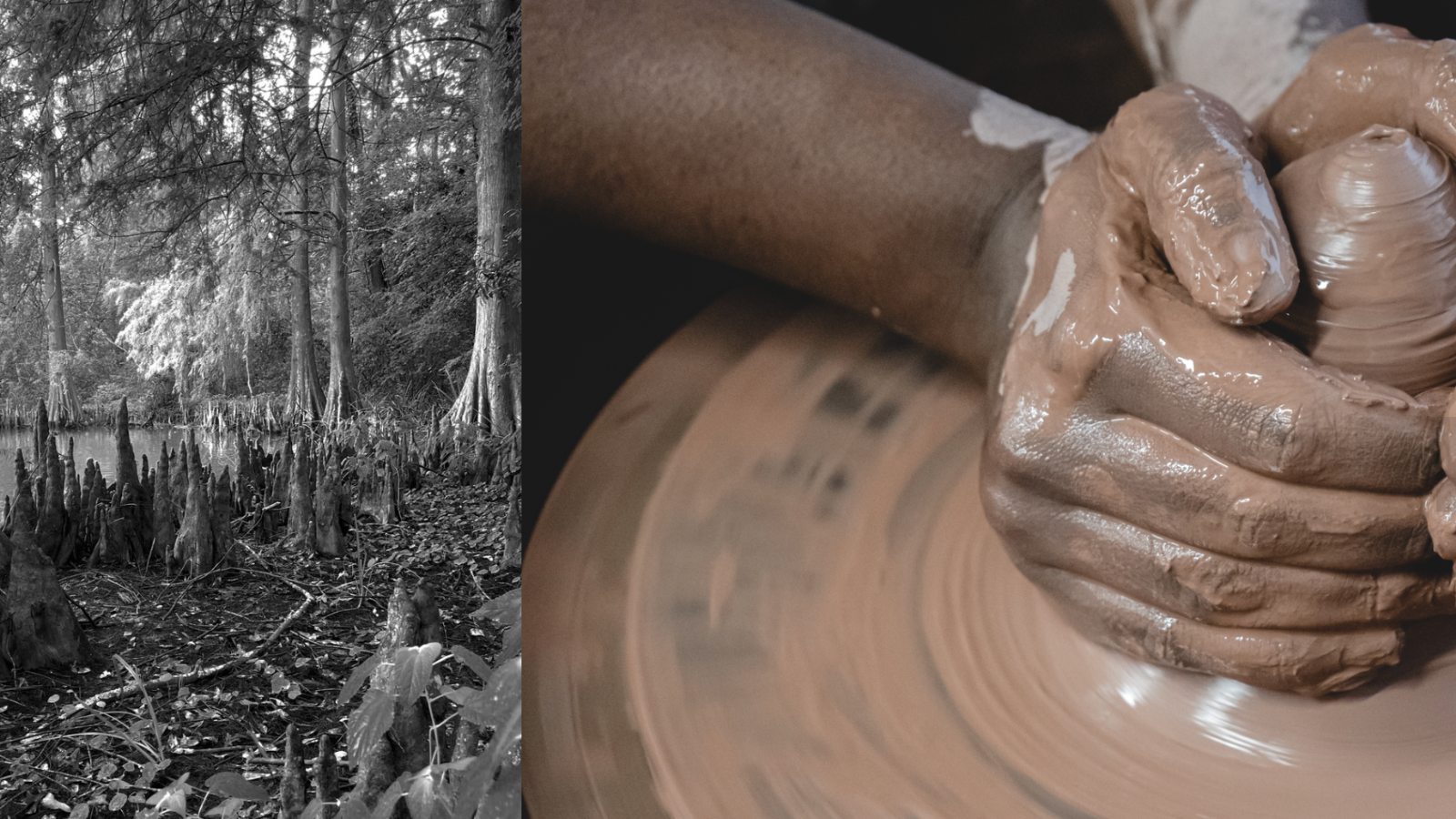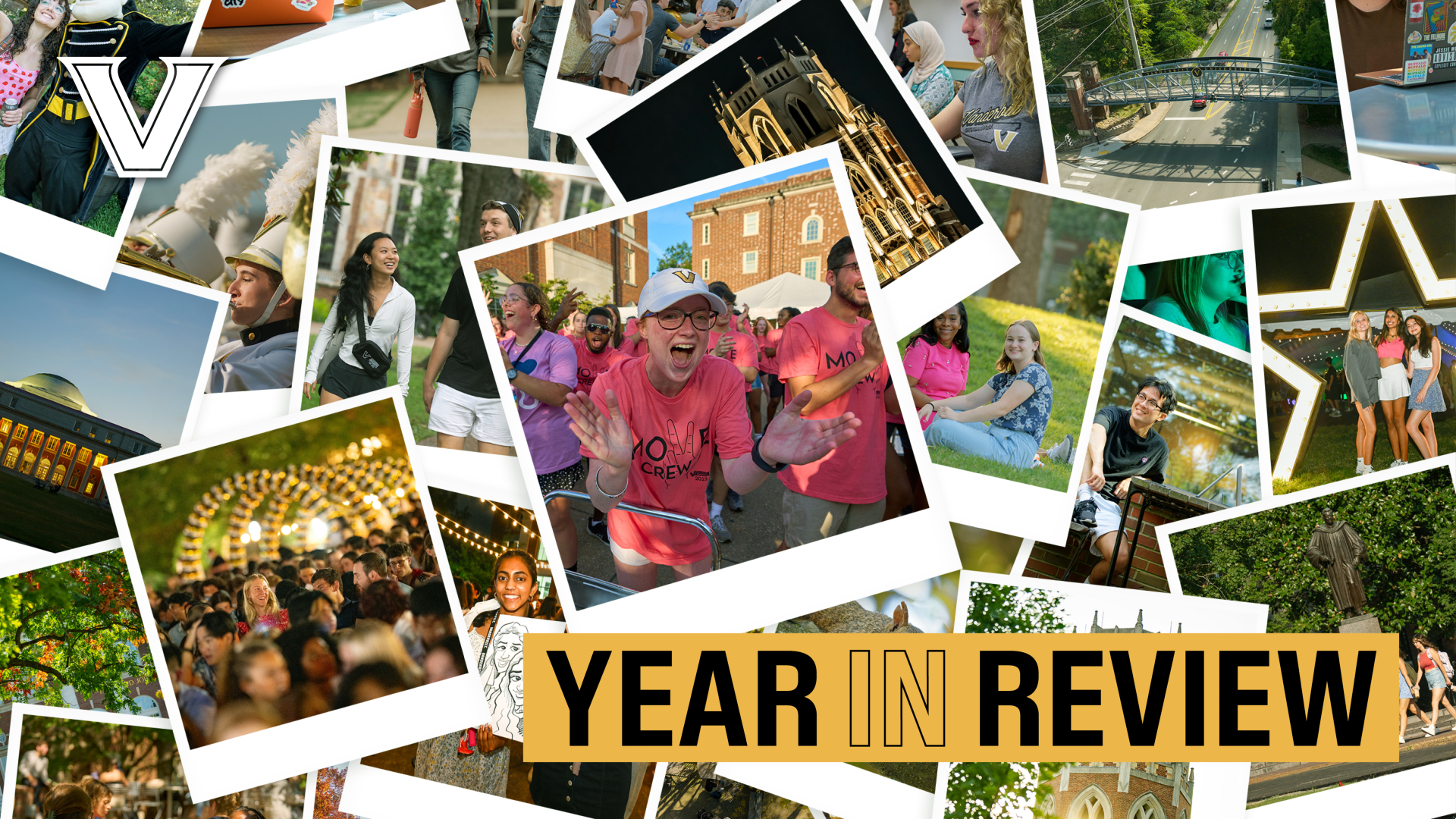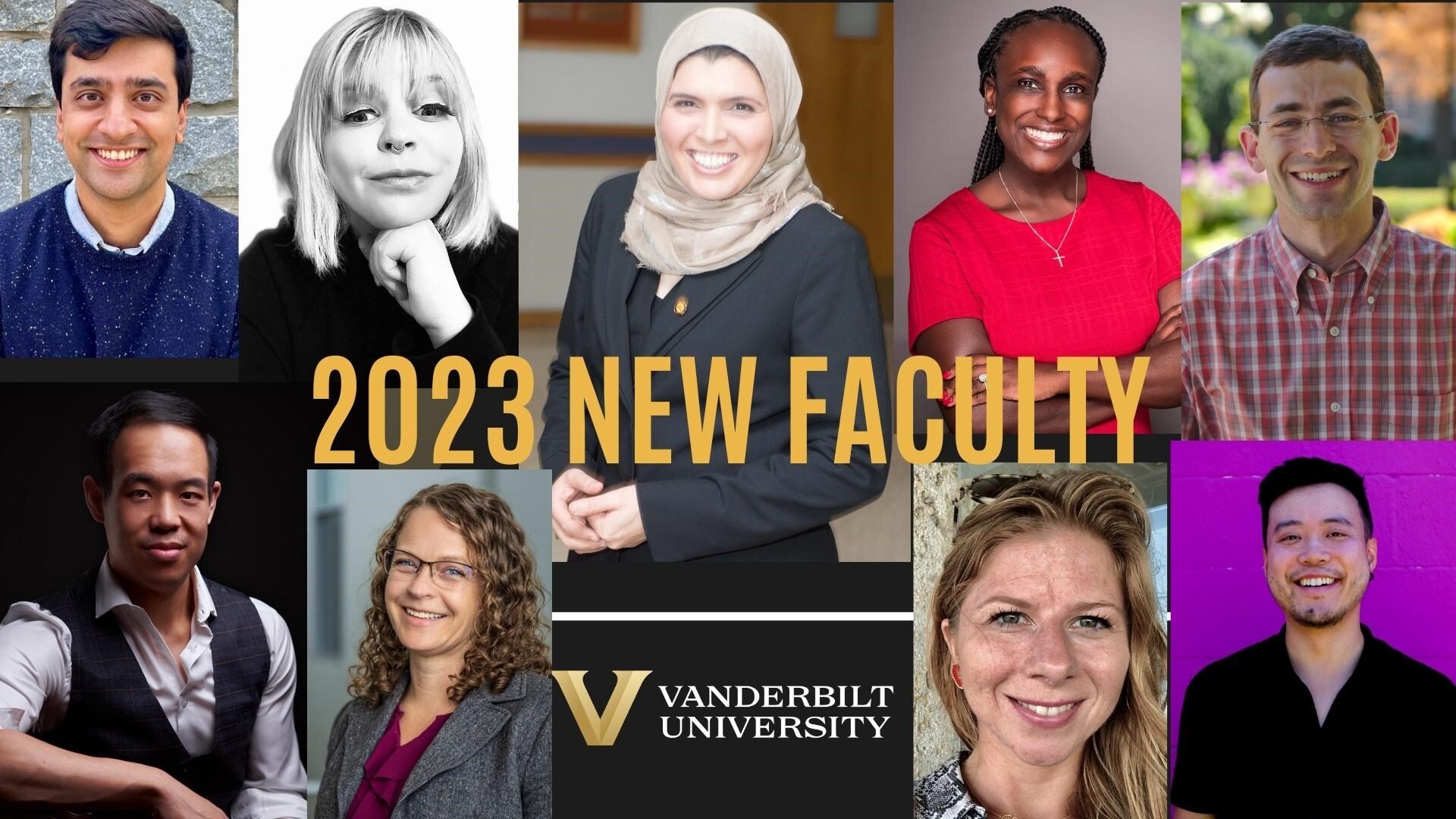
Centuries’ worth of stories left untold by the millions of enslaved men, women and children linger among the cypress trees and cotton fields of the American Deep South. “Woven Wind,” led by Vanderbilt Professor of Art Vesna Pavlović,, is a collaborative research project that weaves together archival research, community engagement and artistic expression to create a vibrant tapestry of remembrance and reconciliation, honoring these untold stories and empowering the descendants of enslaved people.
Since it began six years ago, “Woven Wind” has received several significant grants, the most recent being this month’s 18-month, $40,000 grant from the National Endowment for the Arts. Earlier grants, such as the Tennessee Arts Commission Arts Access Grant in 2022 and Mellon Partners for Humanities Education Collaboration Grant, in partnership with Tennessee State University, in 2021, helped support the NEA grant application.
The success of the NEA grant was also bolstered by a Discovery Vanderbilt Scaling Success Grant in 2022, which helped further develop the project and enhance its competitiveness for federal funding.
“Woven Wind” brings together a diverse array of institutions and disciplines. While Vanderbilt, through Pavlović, has been central to the project, other institutions have played major roles as well.
Tennessee State University has contributed significantly through community engagement and curatorial expertise via the Hiram Van Gordon Gallery. The University of the South (Sewanee) has provided archival access and historical research. Mélisande Short-Colomb, from Georgetown University’s Laboratory for Global Performance and Politics, helped facilitate with the descendant communities.
“Vesna’s powerful and important work sheds light on a lost part of our country’s history,” said Timothy P. McNamara, dean of the College of Arts and Science. “Through the ‘Woven Wind’ project, she expertly blends research, history, the community and visual art to bring these human stories to life.”
“Woven Wind” began in fall 2018, when Pavlović joined the Roberson Project on Slavery, Race, and Reconciliation at Sewanee, which was investigating Sewanee’s historical ties to slavery. The work led to the Lovell Family Collection in the university’s archives, containing extensive documents and plantation records related to the Lovell-Quitman family of Natchez, Mississippi, who were closely connected to the university after the Civil War.
“We see the papers and diaries detailing the lives of the donor family … (but) we know nothing about the enslaved. We learn their names, their value, their age,” from the plantation inventories, but nothing else, Pavlović said. As an immigrant and artist specializing in photographic archives, Pavlović was both captivated and challenged by the task of honoring these narratives without perpetuating historical trauma. “I grappled with how to approach this project and do it justice.”
Students at Sewanee researched inventories listing the names and estimated ages of hundreds of enslaved people forced to work the Quitman family’s five plantations. They turned that research into a 45-minute spoken word performance intended to honor those individuals, who will never be known beyond the document. That was the first public display for “Woven Wind.”
“‘Woven Wind’ is a living, breathing project that evolves with each exhibition, workshop and performance,” Pavlović said.
As a living project, “Woven Wind” has evolved through phases of deep listening and engagement with descendants of those enslaved on the Quitman plantations. Pavlović wove a new fabric of narratives culminating in a series of oral history recordings and a poignant 35-minute film, “Toles Family Going Home,” which premiered in 2023. The film highlights the voices of the descendants with their stories of resilience and reclamation. Pavlović had logistical support for the project from the Natchez Museum of African American Culture and History. Her collaborators were Nashville artist Courtney Adair Johnson, director of TSU’s Hiram Van Gordon Gallery; genealogist Jan Hillegas, who specializes in Mississippi African American family history; and community advocate Short-Colomb.
The term “Woven Wind” has been used to describe fine cotton fabric, like muslin, symbolizing the light and airy nature of textiles. The project reinterprets this metaphor, historically linked to slavery through cotton, into a symbol that weaves together diverse narratives from the past and present.
In the project’s evolution, another powerful symbol emerged—cypress knees, a woody outgrowth of a cypress tree’s shallow, horizontal roots that extend above the normal water level, allowing the trees to live submerged in the plantations’ swamps. For Pavlović, they represent the resilience of the enslaved and their descendants. The creation of abstract clay vessels that represent these knees by community members during workshops serves as an act of reparative justice. “Each vessel, whether hollow, wheel-thrown or hand-built, carries the weight of collective memory and individual interpretation,” Pavlović said. She describes these objects as “family members,” bearing the “fingerprints and emotional traces of their creators.”


Currently, Pavlović is experimenting with materials bound to the geographical and historical context of the stories. Using Mississippi River clay to create special inks for printing photographs of the clay vessels, she connects the stories and artwork through the physical landscape.
With the recently announced NEA funding, the future of “Woven Wind” is bright with a scheduled performance and exhibition at Nashville’s National Museum of African American Music next year. The event will feature new edits for the Toles video, a live music performance by Rod McGaha and the First Amendment ensemble an integrated exhibition that further explores the themes of memory, identity and reparative history. Photographs printed with the Mississippi River clay-based ink will be on view at the Vanderbilt University Museum of Art in parallel with the NMAAM exhibition.
“Woven Wind” exemplifies the power of art to bridge the gaps between past and present, serving as a catalyst for community healing and historical reevaluation. By transforming archival materials into dynamic expressions of art and memory, Pavlović and her team invite us to reconsider what we think we know about history and engage with it in profoundly new ways.
About Scaling Success and Research Development and Support
The Scaling Success Grant is an internal funding award designed to support faculty in scaling up to increasingly impactful team research, scholarship and creative works, including securing larger awards from external sponsors like the NEA. This program aids faculty on projects that have already attracted interest from federal, foundation or industry sponsors, helping to further develop the project or team before formal submission. Research Development and Support, within the Office of the Vice Provost for Research and Innovation, assists faculty by coordinating funding opportunities, developing strategic sponsor relationships and diversifying funding portfolios. For more information, email rds@vanderbilt.edu







